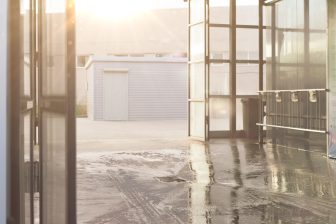
Drought: state of emergency in Catalonia
Catalonia has declared a state of emergency because of the ongoing drought in Spain. According to the authorities it is a serious problem that is getting worse. One of the new measures to reduce water consumption is a limit of 200 liters of water per person per day. Car washing is also affected.
Catalonia has been facing a serious water shortage for some time. According to the latest figures from the Spanish government, the amount of water in Catalonia’s reservoirs has decreased by 16% compared to last year. This is an alarming drop that affects not only water supplies, but also agriculture, industry and tourism.
It’s no longer allowed to wash a car on public roads using tap water. The fines for perpetrators are quite steep, up to €1000. Commercial car washing is only allowed when the used water is being recycled.
Water rations
The water shortage directly affects the people of Catalonia also in many other ways. The region is currently experiencing water rationing, with some areas having access to water for only a few hours a day. This greatly affects the daily lives of residents, as they cannot always have access to clean drinking water, which is essential for their health and hygiene.
Tourism industry is also affected by the drought. Catalonia’s beautiful beaches and natural landscapes attract millions of tourists every year, but the water shortage may cause the quality of these attractions to deteriorate. This could lead to a decline in tourism and, therefore, revenue for the region.
Phases
The first phase of the emergency will result in a limit of 200 liters of water per person per day. This is a significant reduction compared to the current average water consumption in Catalonia, which is about 250 liters per person per day. This limit applies to all forms of water consumption, such as domestic use, agriculture and industry.
In later phases, this limit may be further reduced to 180 liters per person per day and even 160 liters in a third phase. This means that the population of Catalonia will have to adapt to a new normal in which they will have less water available for their daily activities.
In addition, investments will be made in new technologies and infrastructure to use water more efficiently and to find alternative sources of water. This could include desalination of seawater or reuse of wastewater.
Also read:



